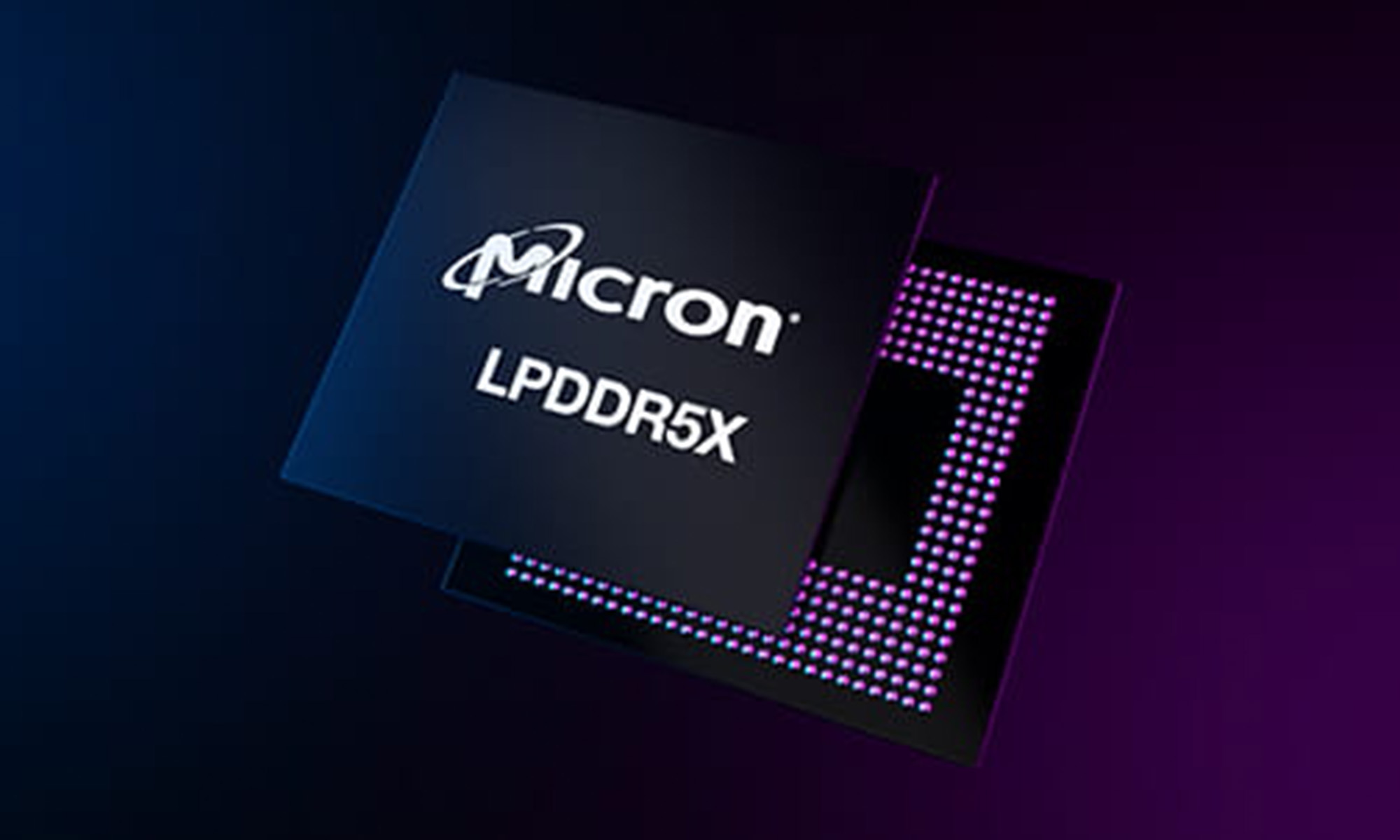The semiconductor industry has posted solid growth this year, with the Philadelphia Semiconductor Index (SOXX 4.78%) rallying almost 30% and outperforming the NASDAQ's overall 20% gain. The performance of individual semiconductor stocks, however, has varied wildly.
Qualcomm (QCOM 1.64%), the biggest mobile chipmaker in the world, plunged 20% this year. Yet Micron (MU 6.68%), one of the world's largest memory chipmakers, soared more than 60%.

Image source: Getty Images.
Contrarian investors might wonder if that disparity makes Qualcomm a better buy than Micron at current prices. Today, I'll explain why it's not -- and why Micron remains better poised for growth than Qualcomm, even after its monstrous rally.
What happened to Qualcomm?
Qualcomm generates most of its revenue from sales of its flagship Snapdragon SoCs (system on chips) for smartphones, tablets, and other devices. That business is still growing, but it's lost market share in recent years to cheaper chipmakers like MediaTek and first-party SoCs from big handset makers like Huawei.
The lion's share of its earnings, however, comes from its high-margin patent licensing business for wireless technologies, which earns a cut (up to 5%) of the wholesale price of every smartphone sold worldwide. But in recent years, smartphone makers, chipmakers, and regulators revolted against those fees in a series of massive fines and antitrust probes.

Image source: Qualcomm.
To top it off, Apple, which buys baseband modems from Qualcomm, sued the company over its licensing practices and started withholding licensing payments. That bold move inspired another top OEM, widely believed to be Huawei, to also start withholding its payments as well. If other OEMs follow suit, Qualcomm's entire licensing business could be crippled.
Analysts currently expect Qualcomm's revenue and earnings to respectively fall 2% and 6% this year as these pressures mount, but a complete revolt against the chipmaker's licensing practices could cause its earnings to plummet next year.
To make matters worse, Qualcomm's planned purchase of NXP Semiconductors (NXPI 1.58%) -- which could diversify its chipmaking and licensing units away from mobile devices -- appears to be stalled out due to regulatory concerns in Europe. Qualcomm's 4.4% forward yield still looks tempting, but it doesn't offset all these ongoing issues.
Why Micron is the better choice
Micron doesn't pay a dividend, but its business is much simpler and faces fewer headwinds. The chipmaker is the world's third-largest DRAM maker and fourth largest NAND maker and is widely regarded as the best "pure play" on the memory market.

Image source: Getty Images.
Micron's growth is firmly tied to the global demand for DRAM and NAND chips. Prices for both have surged over the past year on rising demand and tighter supplies. IC Insights recently reported that DRAM prices more than doubled over the past year, and will likely rise 40% this year. The global NAND market could also grow from $40 billion this year to $65 billion in 2020, according to ChinaFlashMarket.
That's why analysts expect Micron's revenue to jump 62% this year and another 13% next year. Its non-GAAP earnings are expected to jump from $0.06 per share last year to $4.72 on more favorable prices and grow another 32% next year.
Those bullish estimates drew a lot of investors to Micron over the past year. But even after its 64% year-to-date rally, the stock trades at just 16 times trailing earnings and six times forward earnings -- meaning that it could rally much higher if it hits analysts' targets over the next few quarters.
The only thing that could derail Micron is an abrupt reversal of DRAM and NAND prices. That seems unlikely, but Micron has warned that state-backed Chinese chipmakers could flood the market with cheaper memory chips. Its bigger rival SK Hynix has also stated that it will ramp up production in the near future. Therefore, investors should bear this in mind.
Qualcomm's not a lost cause, but Micron is the better buy
Qualcomm isn't necessarily doomed since it still has irons in the fire with chips for the Internet of Things (IoT) devices and connected cars. It could move past its current problems if it finally closes the NXP deal without making big compromises.
But for now, Micron has fewer headwinds and a lot more upside potential. Its cyclical growth won't last forever, but investors who buy Micron instead of Qualcomm today should enjoy much bigger returns over the next few quarters.






